Best Science Apps for Kids: Educational Learning on iPhone and iPad
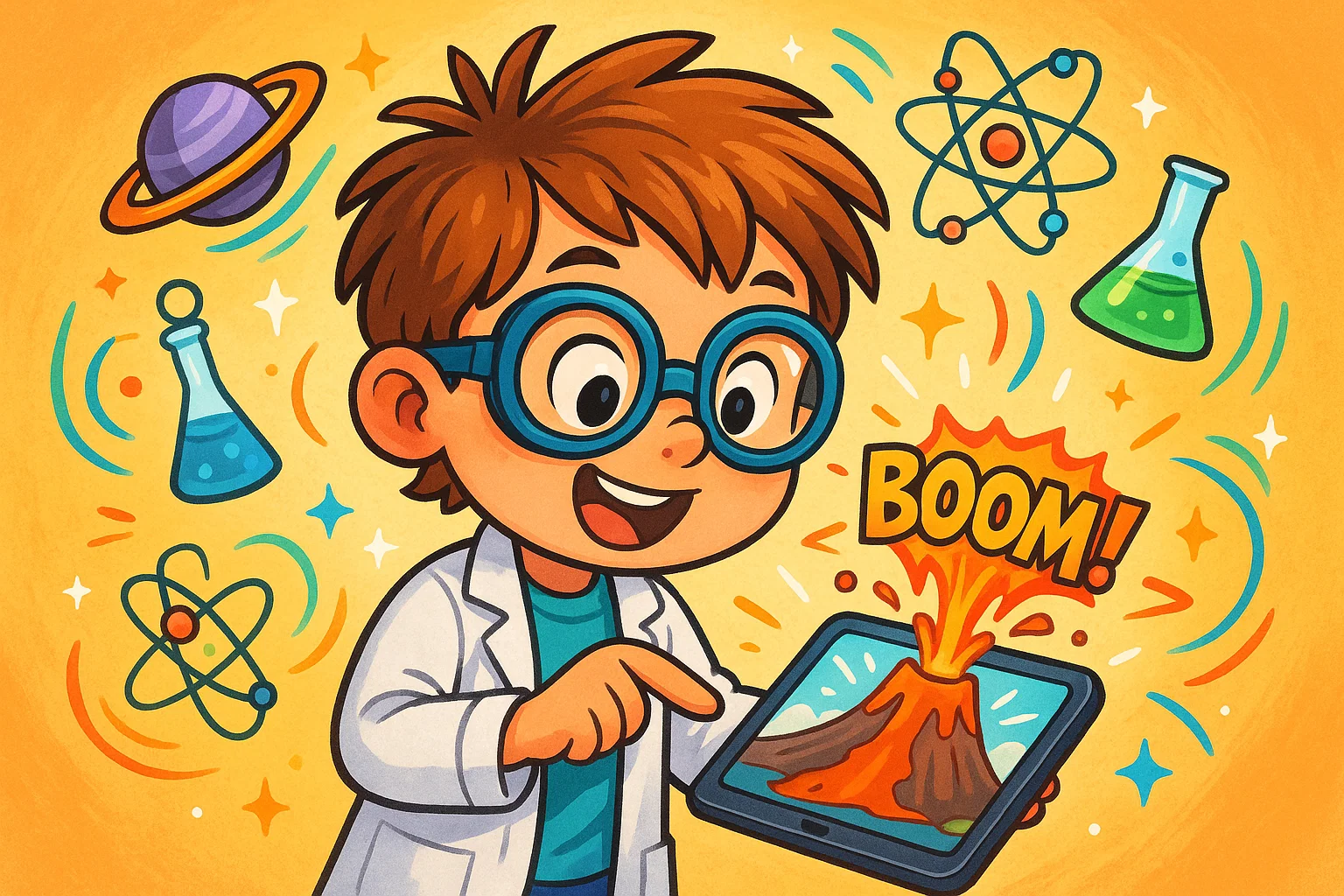
Science education has evolved dramatically in the digital age, and finding the best educational apps for learning science for kids can spark a lifelong love for discovery. With over 78% of children aged 8–12 using mobile devices regularly, interactive learning platforms represent a powerful way to get kids engaged with complex concepts.
These carefully selected digital apps and games combine rigorous content with interactive gameplay, creating a valuable experience for kids where curiosity flourishes naturally.
10 Best Science Apps for Kids
Toca Lab
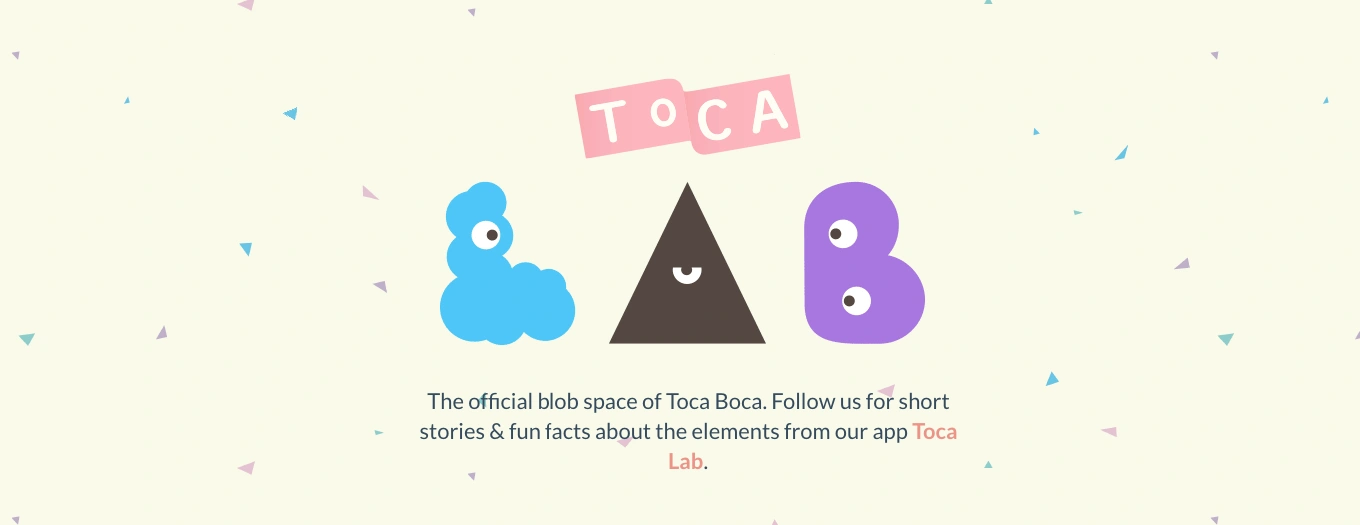
This chemistry-focused app is designed to introduce kids to the periodic table through character-based gameplay. Developed by Toca Boca, this interactive app available on the App Store transforms abstract science concepts into tangible interactions. Kids can explore 118 elements, observing reactions and combinations in a safe, virtual environment that lets them experiment without real-world hazards. It’s a favorite science game for many families.
Key Features:
- Interactive periodic table exploration that allows children to discover chemistry
- Safe experimentation allows to learn without safety concerns
- Character-driven learning that children as young as 6 can enjoy
- Free science version available with no external links or advertisements
- Available on both iPhone and iPad apps lists
Educational research indicates that apps like Toca Lab help kids retain scientific information 40% longer than traditional methods of learning, according to studies conducted by the University of Wisconsin-Madison. This excellent app makes chemistry accessible and fun for kids ages 6-12.
The Human Body by Tinybop
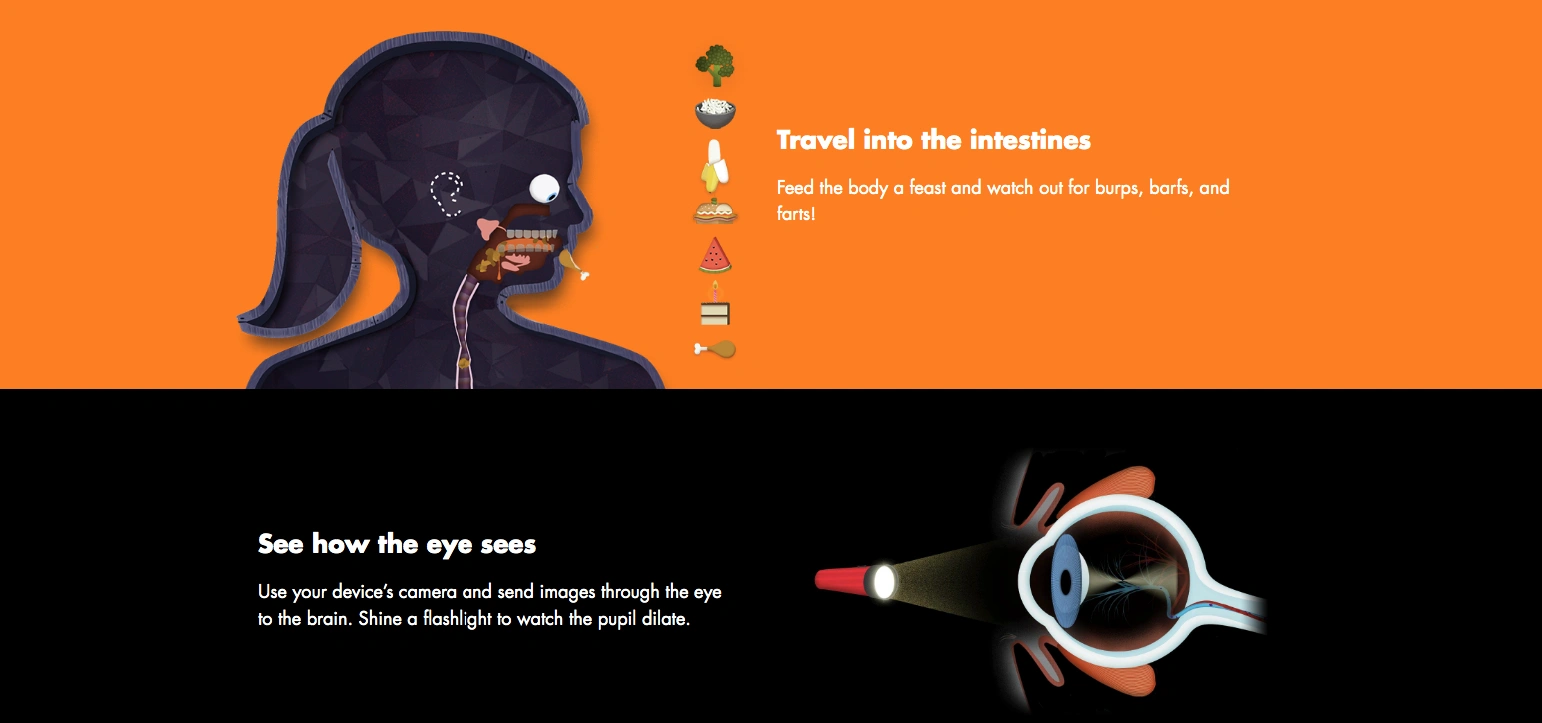
This anatomy app provides an interactive way to learn about human biology. Kids can explore circulatory, respiratory, nervous, and other body systems through detailed animations and hands-on activities. This app is great for children who are curious about how their bodies work.
The app’s strength lies in its ability to make invisible processes visible, creating a memorable experience for kids. Users can observe blood flow through vessels, neural impulses, and how organs function together. This interactive app encourages young learners to ask questions and explore scientific concepts through meaningful educational experiences.
NASA Visualization Explorer

Featuring authentic NASA data and imagery, this app brings the latest science and space exploration directly to children’s fingertips. The educational material includes real satellite images, climate data visualizations, and interactive models of celestial bodies that enable young learners to grasp astronomy concepts effectively.
According to NASA’s educational outreach department, kids who engage with authentic space data show increased interest in STEM careers, with 65% expressing interest in pursuing science-related fields. This excellent app lets children explore real space missions and astronomical phenomena.
Visit NASA Visualization Explorer
Lightbot
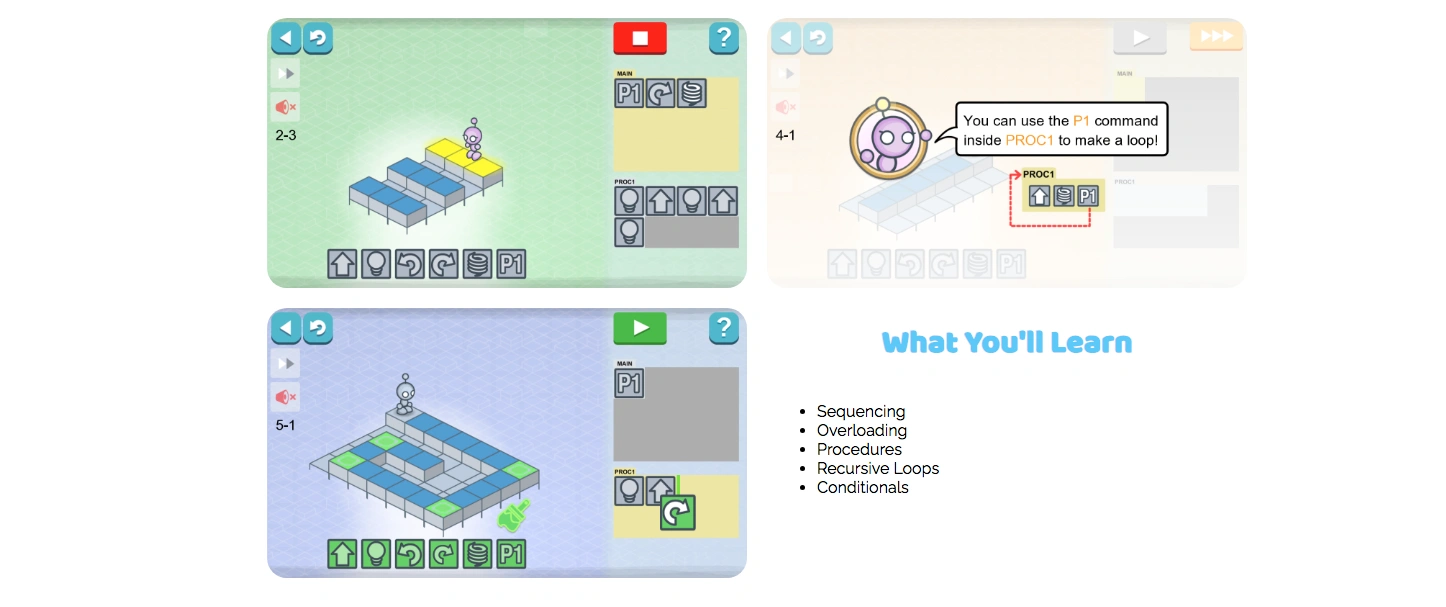
While technically a coding app, Lightbot introduces logical thinking and problem-solving skills fundamental to scientific inquiry and even many math apps. This engaging educational platform allows children to guide a robot through increasingly complex puzzles, teaching programming concepts that enable young learners to develop critical thinking skills in a fun way.
The app is designed to make learning coding concepts accessible to kids as young as 4, providing a foundation for understanding science and technology. Children solve puzzles while learning computational thinking skills essential for modern scientific literacy.
Solar Walk 2
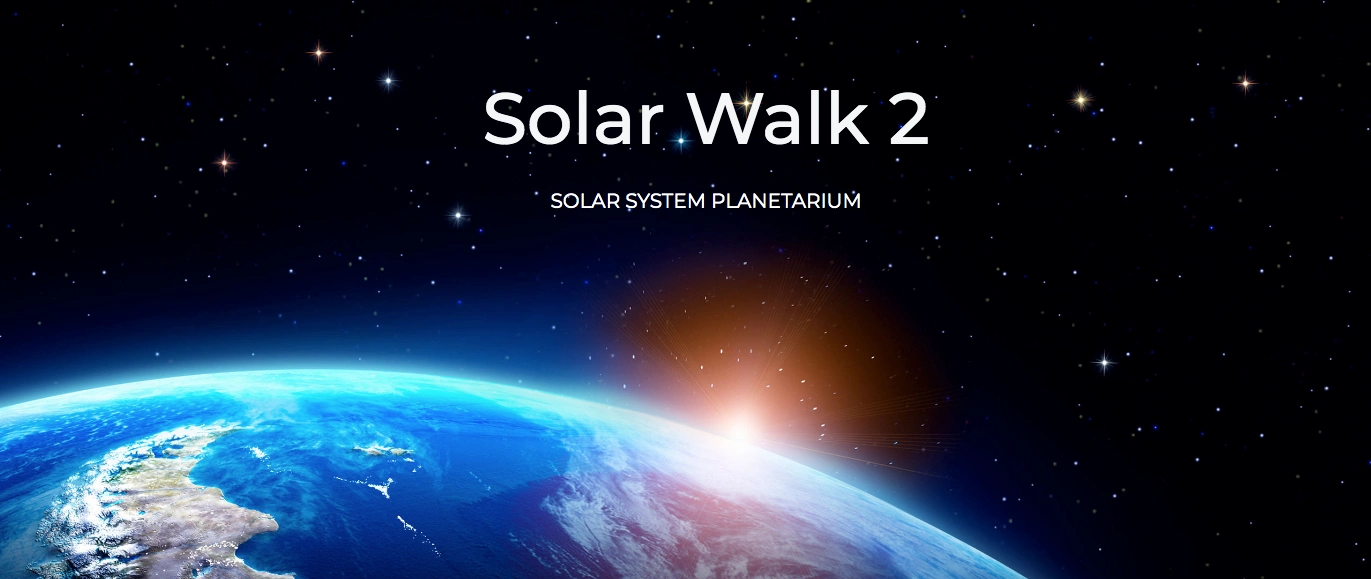
This astronomy app offers real-time simulations of our solar system that kids can use to explore interactively. Children can view planets, moons, and spacecraft with stunning visual accuracy through high-quality images and videos. A fantastic app available for young space enthusiasts, it provides detailed information about space missions, planetary features, and astronomical events.
Available as both free and premium versions on iOS smartphones and tablets, this app allows kids to learn about astronomy in an engaging way through interactive exploration.
CodeSpark Academy

Designed specifically for younger kids ages 5-9, this learning app teaches programming fundamentals through storytelling and puzzle-solving. While coding-focused, it develops computational thinking skills essential for understanding science concepts. The app makes learning programming fun and enables children to develop skills like problem-solving and logical thinking.
BrainPOP Featured Movie
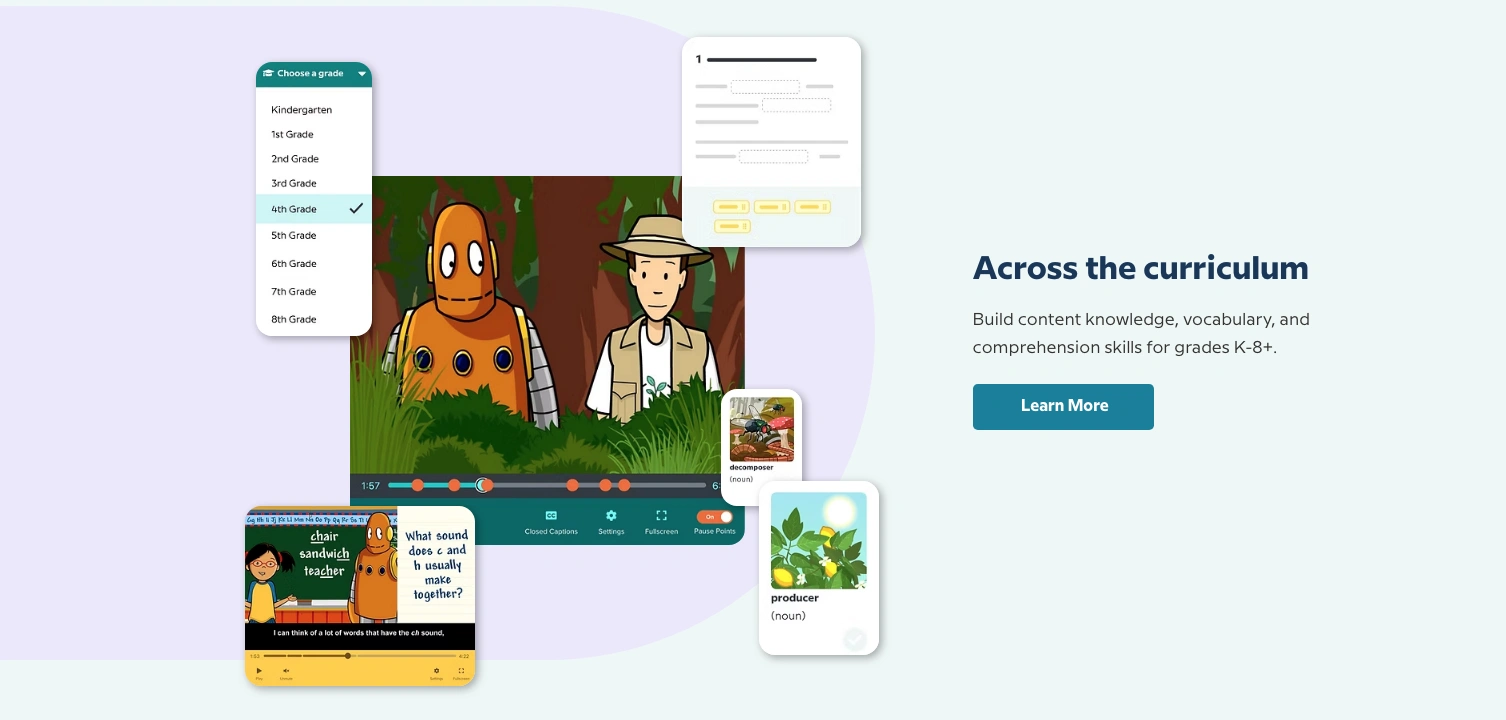
As part of the popular BrainPOP kids series, this mobile app delivers short, engaging videos covering diverse science topics. Each video includes tutorials and activities that reinforce learning, making it an excellent app where kids get to practice science concepts. The app is designed to help kids learn through multimedia content that combines images and videos with interactive elements.
DIY Sun Science
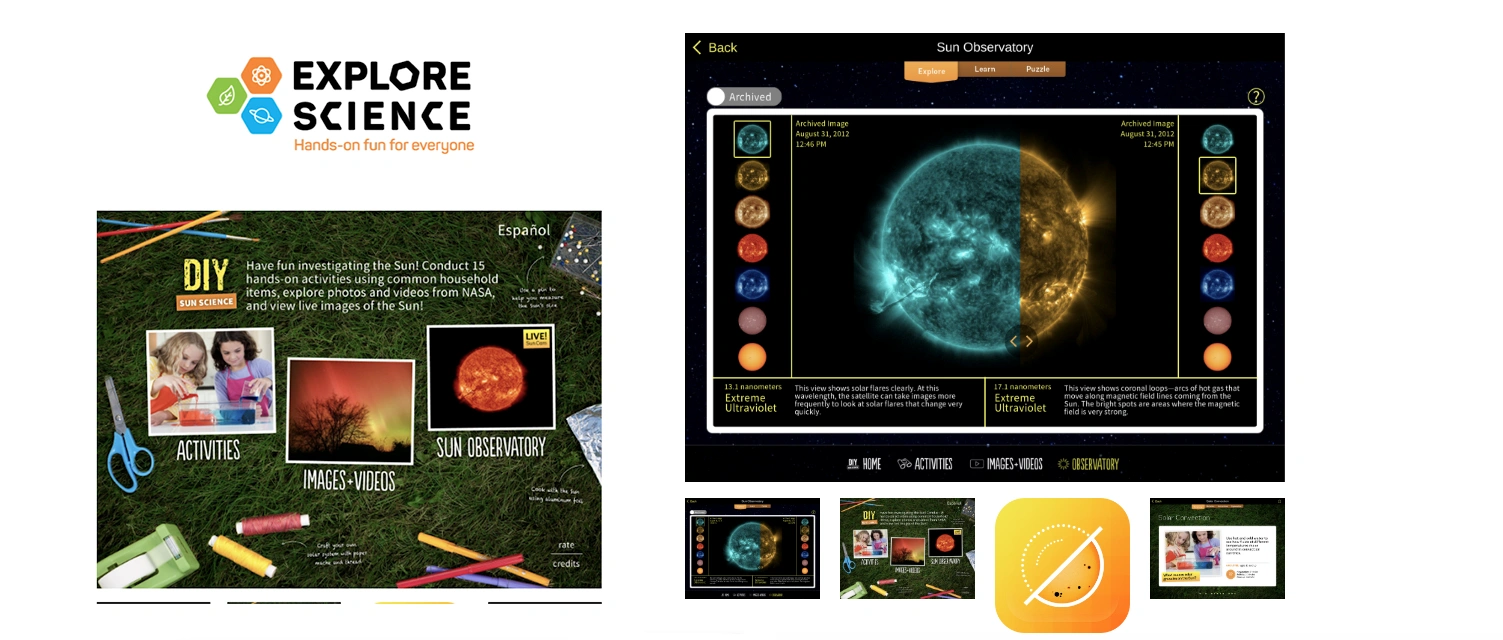
This learning app provides fun science activities for kids, combining theoretical knowledge with practical experimentation. Kids can learn about light properties and renewable energy through hands-on science they can complete at home. This interactive app encourages children to conduct experiments while learning about sustainable energy.
Monster Physics
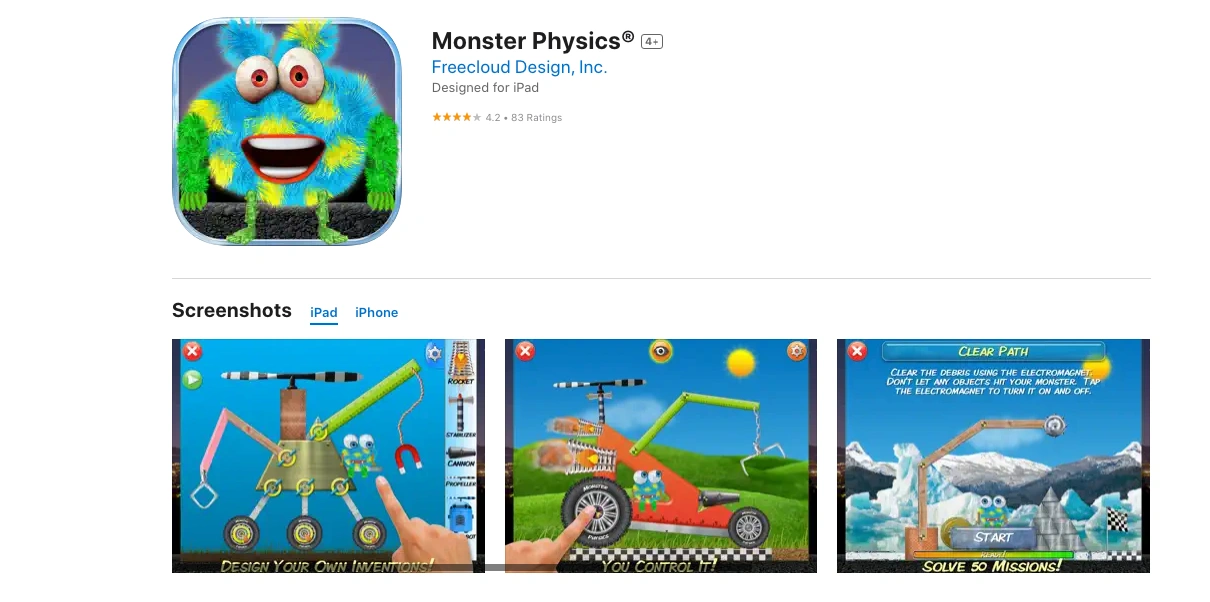
Physics concepts come alive through creative construction challenges in this outstanding educational tool. Children can create contraptions using realistic physics principles, learning about forces, motion, and mechanical advantage through trial and error. This app enables children to explore physics in a fun and interactive way, making it one of the most engaging science games available.
Star Walk 2
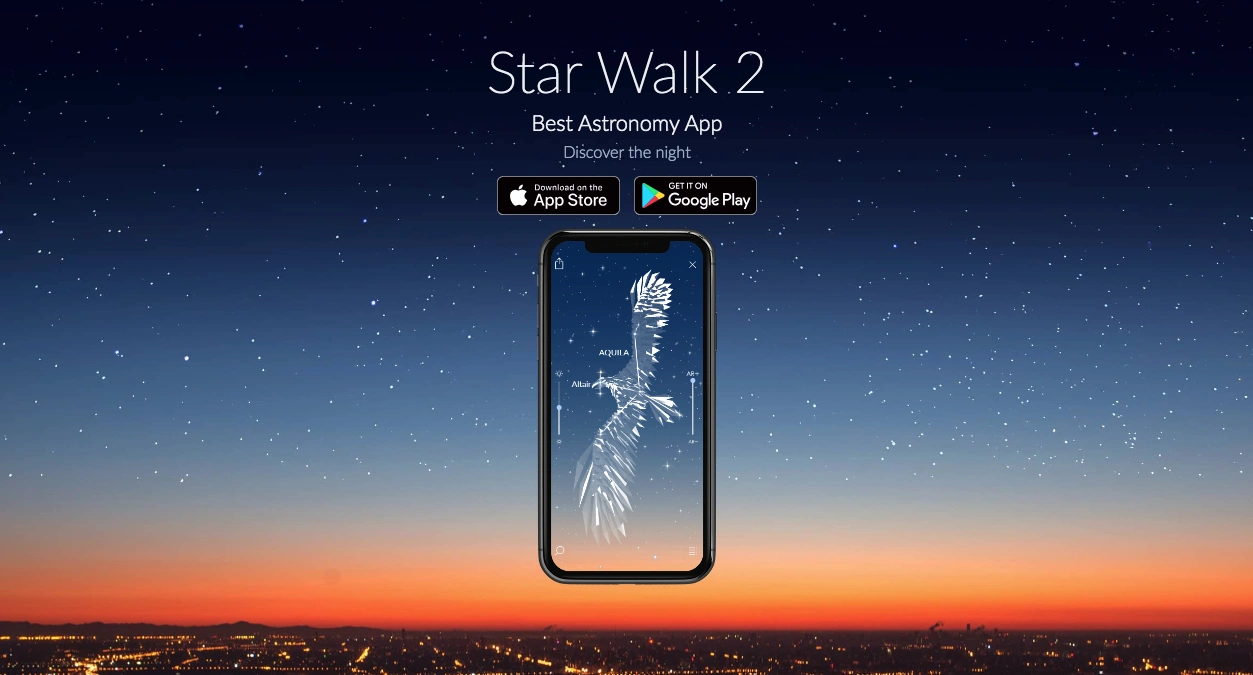
Featuring augmented reality capabilities, Star Walk 2 allows kids to explore the night sky in real-time. By pointing their device skyward, kids can point and see constellations, planets, and satellites identified on their screen. This interactive app offers a way to learn astronomy that kids find fascinating, available on both iOS mobile devices and tablets.
Why Interactive Science Learning Tools Matter: Making Education Fun and Engaging for Kids
Educational technology research consistently demonstrates that interactive lessons can significantly enhance comprehension and retention. These digital adventures are more than just games. Dr. Sarah Johnson from the Center for Educational Innovation notes,
“Well-designed apps help children who engage with digital science platforms show improved problem-solving skills and increased enthusiasm for scientific exploration.”
Benefits of Interactive Science Learning Tools for Children
- Accessibility: Complex scientific ideas become approachable through visual and interactive elements.
- Personalized Learning: Children can learn at their own pace with the best learning apps.
- Immediate Feedback: Interactive lessons provide instant responses, helping children correct misconceptions quickly.
- Safe Experimentation: Virtual labs allow kids to explore hands-on science without safety concerns.
- Cost-Effective: Many free science apps provide affordable access to scientific materials and resources.
- Engagement: Fun and interactive features keep kids motivated to continue learning.
Studies from the Journal of Educational Technology suggest that children who engage with interactive science apps covering various topics for 20–30 minutes daily show measurable improvements in scientific reasoning abilities within 6–8 weeks, highlighting how these platforms support the development of critical thinking skills.
How to Find Top Science Learning Tools for Children: App Types and Key Features
Selecting appropriate science learning tools requires careful consideration to ensure the app provides a meaningful educational experience. Understanding the different types of apps is the first step.
- Age Appropriateness: The best digital science platforms align with your child’s developmental stage. When browsing the App Store, use age filters to find suitable options.
- Educational Value: Choose apps developed with educators or that align with science standards. Top-rated science learning apps often come highly recommended.
- iPhone and iPad Compatibility: Many iPad apps offer a more expansive visual experience, but ensure the app works on the devices your family uses.
- Interactive Features: The best learning apps include interactive lessons and activities for kids. From a list of related apps, kids can choose the one with the features they find most engaging.
- Safety and Privacy: Great apps for parents and kids prioritize robust privacy protections and age-appropriate content.
- Progress Tracking: Apps that enable children to monitor their progress allow parents to see which concepts have been mastered.
Science Apps for Kids: Encouraging Online Learning and STEM Education
The integration of interactive science learning tools into education represents a significant opportunity to cultivate scientific literacy. When parents and educators find the best digital platforms, these resources can inspire the next generation of scientists.
- Making Science Accessible: Top science apps for kids break down complex concepts into engaging experiences.
- Supporting Different Learning Styles: Excellent apps accommodate various learning preferences, ensuring every child can explore scientific ideas.
- Building Foundation Skills: Digital science tools help develop critical thinking, problem-solving, and analytical abilities essential for academic success.
FAQ About Best Science Apps for Kids
At what age should kids start using science apps?
Children starting from age 3 can benefit from simple apps. For these younger kids, parental guidance is key. The most significant benefits typically occur between ages 6-12 when children develop stronger abstract thinking abilities.
Can science apps for children replace traditional classroom learning?
Digital science learning tools are powerful supplements but cannot fully replace hands-on laboratory experiences and guidance from teachers. The best approach blends interactive platforms with conventional methods.
How much screen time is appropriate for educational apps?
The American Academy of Pediatrics suggests limiting screen time to 1 hour daily for children aged 2-5 and establishing consistent limits for older kids. This is a crucial conversation for parents and kids to have together.
Are free apps as effective as paid versions?
Many free apps provide excellent educational value. However, paid versions often offer more comprehensive content and better privacy protections. An app should offer clear educational value regardless of cost.
How can parents support their children's use of science apps?
Active parental involvement significantly enhances learning. When parents and kids discuss app content together and connect it to real-world science, it helps kids develop a deeper love for learning.
What makes an app excellent for teaching science to children?
The top-rated educational apps teach kids science by combining engaging visuals, interactive features, and clear learning goals. Outstanding platforms make scientific principles accessible through fun and immersive experiences while maintaining educational rigor. Integrating these leading digital tools into education presents a valuable opportunity to foster scientific curiosity. When carefully selected, such resources can inspire kids to develop a lifelong passion for learning and deepen their understanding of the world.
